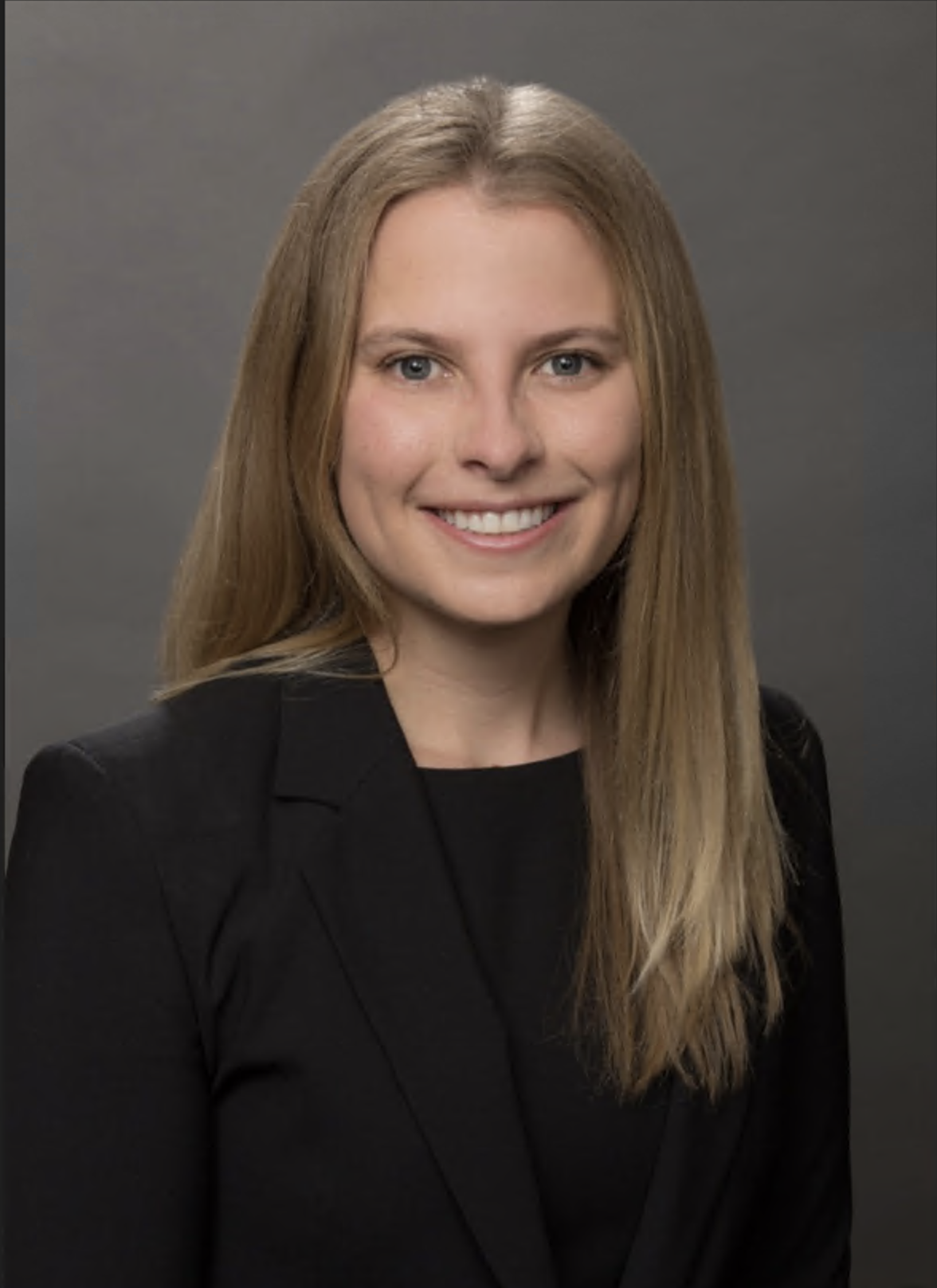Back
(PR59) The Effect of Metal Artifact Reduction on Detection of Secondary Mesio-buccal Canals
Thursday, May 4, 2023
1:00 PM – 4:00 PM CT

Emily C. Alper, D.M.D.
Resident
University of Washington
Seattle, Washington, United States.jpg)
Avina Paranjpe, B.D.S., M.S.D., M.S., Ph.D.
Professor, Graduate Program Director
University of Washington
Seattle, Washington, United States
Presenter(s)
Co-Author(s)
CBCT is a promising diagnostic tool, but technical challenges remain. Previous research has demonstrated that secondary mesio-buccal canals (MB2) are most commonly missed. Locating the MB2 can be challenging and CBCT imaging has proved helpful. However, images are often distorted by artifacts from other high-density objects in the oral cavity including intracanal obturation material, restorations, or metal implants, thereby decreasing the diagnostic quality to localize these orifices. The objective of this study was to determine if the metal artifact reduction software (MAR) increased the detection of MB2 in maxillary first molars. 50 CBCTs obtained in the Graduate Endodontic clinic at the University of Washington between June and November 2022 were retrospectively reviewed. Data evaluated included gender, age, endodontic status, and restoration status. Axial slices were obtained at three levels (CEJ, pulpal floor, root furcation) with and without the MAR software. Images were deidentified, randomized and reviewed by three blinded reviewers, one endodontic resident, and two board-certified endodontists using Google software. Inter-observer reliability revealed a Fleiss’ kappa coefficient of 0.420 and 0.624 for CBCTs reviewed with and without the MAR software, respectively. Fischer’s exact test revealed no significant differences in the overall detection rate of MB2 with and without the MAR (p >0.05). MAR software did not increase the detection rate of MB2 canals in CBCT imaging but did decrease inter-observer reliability between reviewers. The MAR may not be useful for the detection of the MB2 orifices but could be beneficial in other situations.
